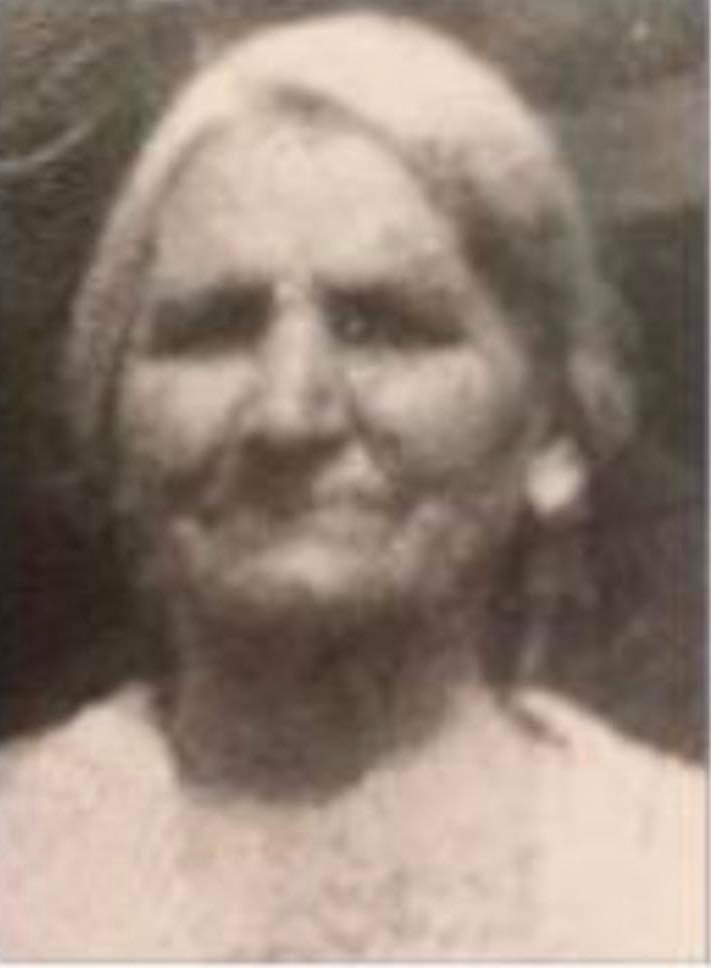Column: Local residents embrace Native American Heritage
Published 10:02 am Monday, November 6, 2023
|
Getting your Trinity Audio player ready...
|
By Elisabeth Altamirano-Smith | Community Columnist
November is Native American Heritage Month. Since the European settlers arrived and having conflict over defining the southern border with Mexico, Native Americans have had a tumultuous history in the United States. After the Trail of Tears and a forced migration, many states were left with few remaining natives. Most all remaining tribal members assimilated to New England culture in order to survive, including changing their names to European names.
Today, Native American tribes still hold a presence within the state of Alabama. Native tribes representing in Alabama include the Cherokee, Choctaw, Muscogee, Shawnee, Chickasaw, Cherokee Tribe of Northeast Alabama, Alabama people, Koasati, MOWA Band of Choctaw Indians, Poarch Band of Creek Indians, Echota Cherokee Tribe of Alabama, Yuchi, Coushatta Tribe of Louisiana, Pawokti, Pakana, Hitchiti, Chato people, Abihka and Napochi.
The Baker family, residents of Clanton, embraces their Native American culture; celebrating all month and passing that legacy to new members of the family.
Shavonne Baker is the fifth generation to celebrate her grandmother’s Cherokee and Choctaw heritage. Her great-great grandmother, Millie Baker, born in 1853 lived in Pickneyville, Alabama, which was largely where the Baker family settled following the end of slavery. However, after a fire destroyed much of the town, her family resettled in other areas of Clay County and eventually migrated to Chilton County.
“I am Native and African American,” said Baker. “I am very proud of both sides of my heritage and want my kids to know both sides of their heritage and all of the history that comes with it.”
As a child, Baker remembers her mother, Geraldine and aunts, Minnie and Bessie, making a collection of family information to share at Clanton Elementary School for Native American heritage.
“My mother would use my aunts’ photos and put together a report about our Cherokee and Choctaw history for me to read to my classmates,” said Baker.
During the 1800’s, the market for cotton increased the pressure to acquire more Native American territory. In the 1830s, Natives were forced to move through the Trail of Tears and march to Oklahoma, with many dying along the way.
After the Indian Removal Act in 1830 and the time of removal in 1838, a few hundred natives managed to escape into the mountains and furnished the nucleus for the several thousand members who now live on the eastern side of the United States.






